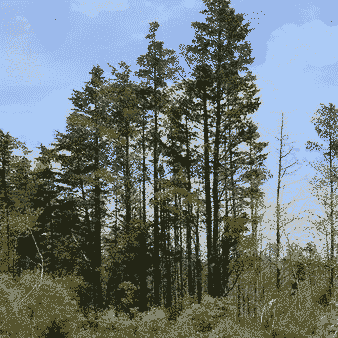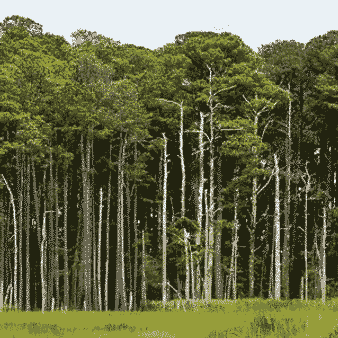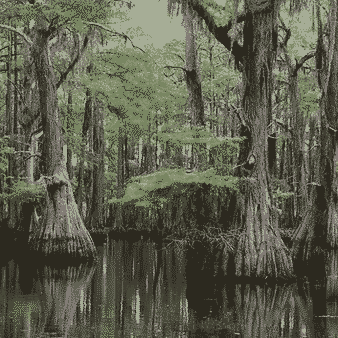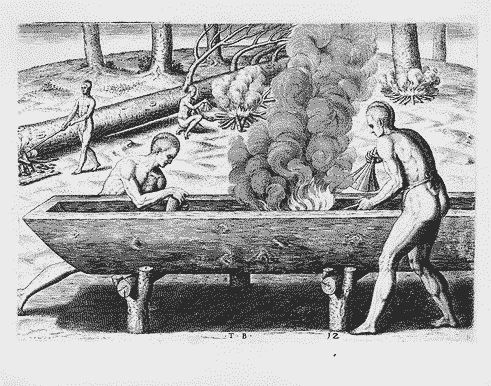Atlantic White Cedar

Eastern Red Cedar

Loblolly Pine

Bald Cypress

Biodiversity, ecosystem functions, and Native American culture




Organic material containing carbon is trapped in peat because no oxygen is available for decomposition
As a habitat frequently inundated with water, various plants and animals have adapted to live in these conditions not found elsewhere in the world
Wetland vegetation along coastlines prevents erosion by dampening wind and water strength before reaching inland communities
Wetlands function as natural filters of sediment and pollutants before they reach larger bodies of water (Chesapeake Bay or Atlantic Ocean)
Prior to European colonists, the Nansemond Tribe inhabited the Nansemond River, a 20 mile long tributary of the James River in Virginia. This tribe was a part of the Powhatan paramount chiefdom, a coalition of approximately 30 tribes distributed around the Chesapeake Bay.
In an effort to exploit the natural resources of the area, colonists displaced the Nansemond into surrounding areas. Some families assimilated to an English lifestyle, while others adhered to a traditional lifestyle in Norfolk County, VA.
Atlantic White Cedar logs were used to construct canoes and frame houses due to its light weight and resistance to decay.
Spears, arrows, basket slings, and toboggans were also made with AWC wood.
AWC twigs and bark were used to make herbal tea to treat headaches, coughs, pneumonia, colds, fever, sprains, and bruises.
Wood powder poultice were used for exterior wounds.
